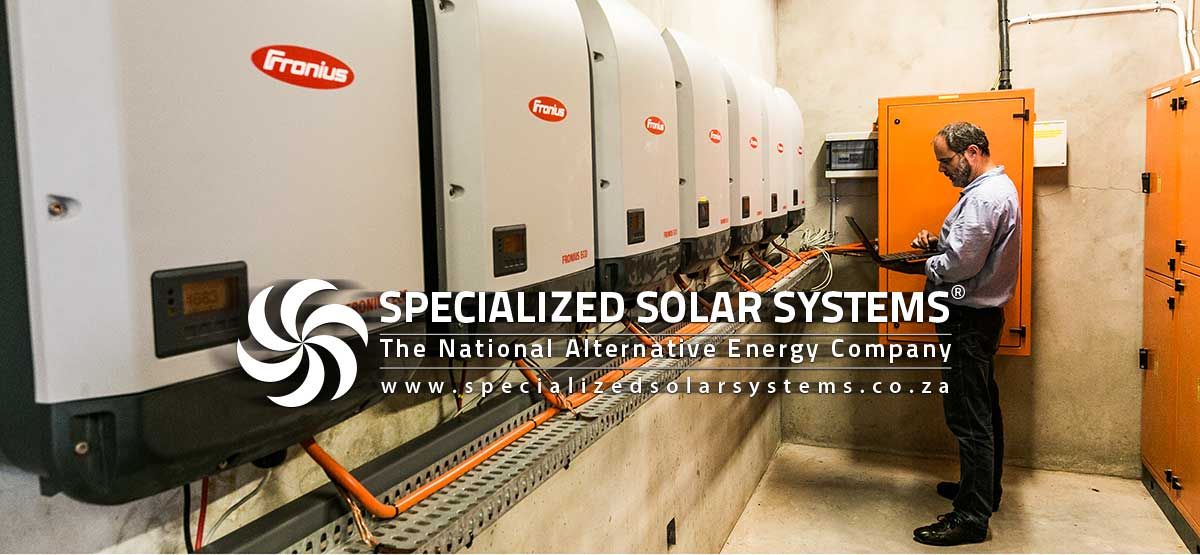Solar Energy Generation Systems – an overview by Specialized Solar Systems

ESTIMATING SYSTEM ENERGY PRODUCTION
To assist you in calculating the energy output of your system and your monthly savings, we have provided the following map showing the average annual energy output of a solar power system. The output of the system will be lower in Winter and higher in Summer, though actual performance depends on array orientation, shading, climate and other factors.
Average Monthly Energy Production at true North

ESTIMATING SYSTEM PEAK POWER
The difference between a solar array’s DC rating and the actual power output indicated by the inverter is caused by variations in real world conditions as opposed to standard test conditions. The DC rating refers to the DC power measured by manufacturers when classifying PV modules during manufacturing. The standard measurement uses ideal noon-day sunlight and solar modules operating at room temperature (25ºC). Standard measurements do not include the real-world effects of heat, dirt and dust, DC-to-AC inverter conversion efficiency, wiring, off-North orientation, non-optimal roof pitch angle, and weather conditions. This DC rating value is used by manufacturers to measure and ensure quality control prior to shipping.
The actual typical peak AC power generated by your system under real world operating conditions will be less than this rating due to several factors:
• the solar modules are operating on your hot roof (usually above 50ºC); the solar energy shining on the modules may be less than ideal due to the angle of the sun and sky conditions (haze, fog, smog)
• power is lost when the inverter changes the solar DC power to AC power.
These real operating conditions typically result in a peak AC output power that is about 60-70% of the DC rating of the solar array.
For example, a system with 48, 100-watt solar modules could be expected to have a peak output of approximately 2,900 to 3,400 watts of power under typical operating conditions with the sun directly over the modules.


You must be logged in to post a comment.